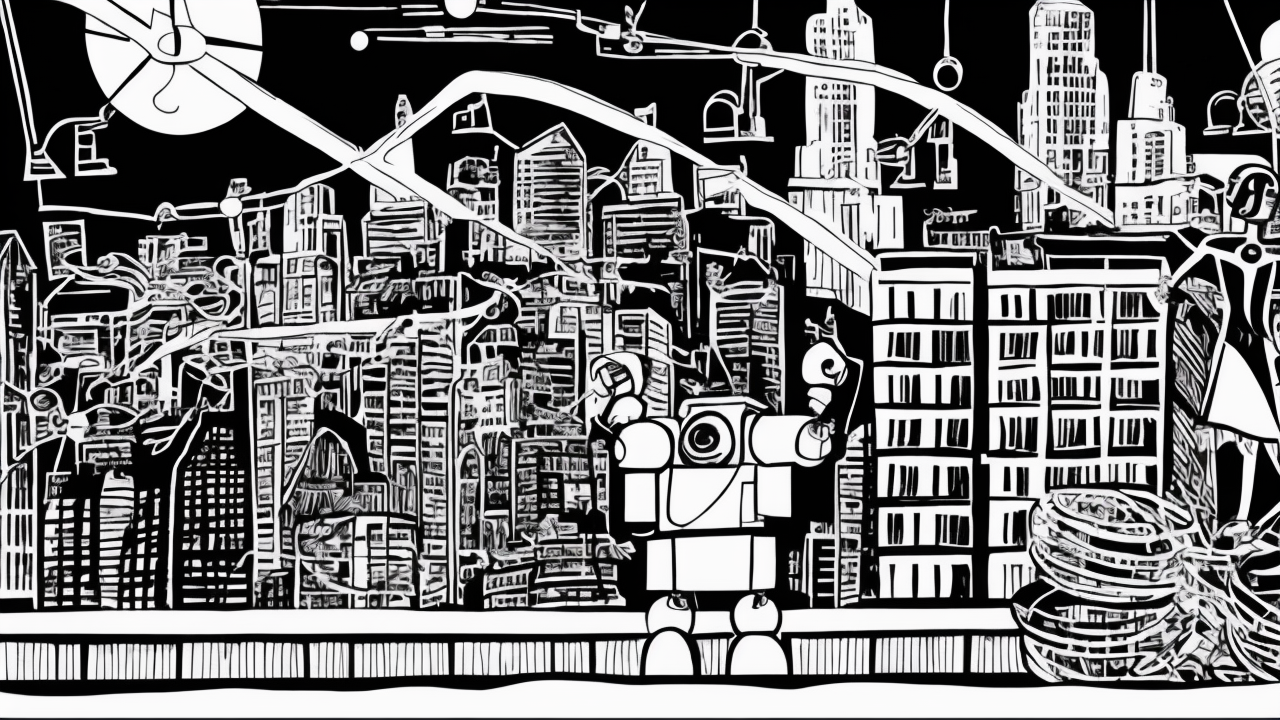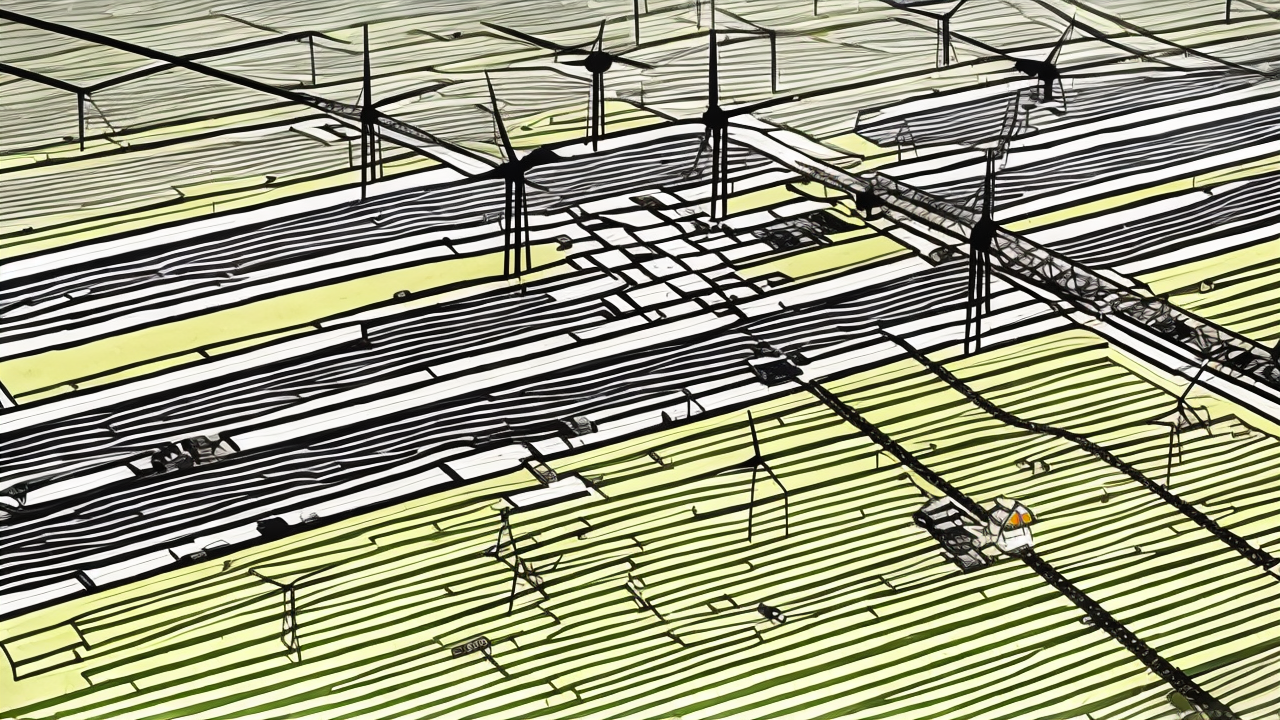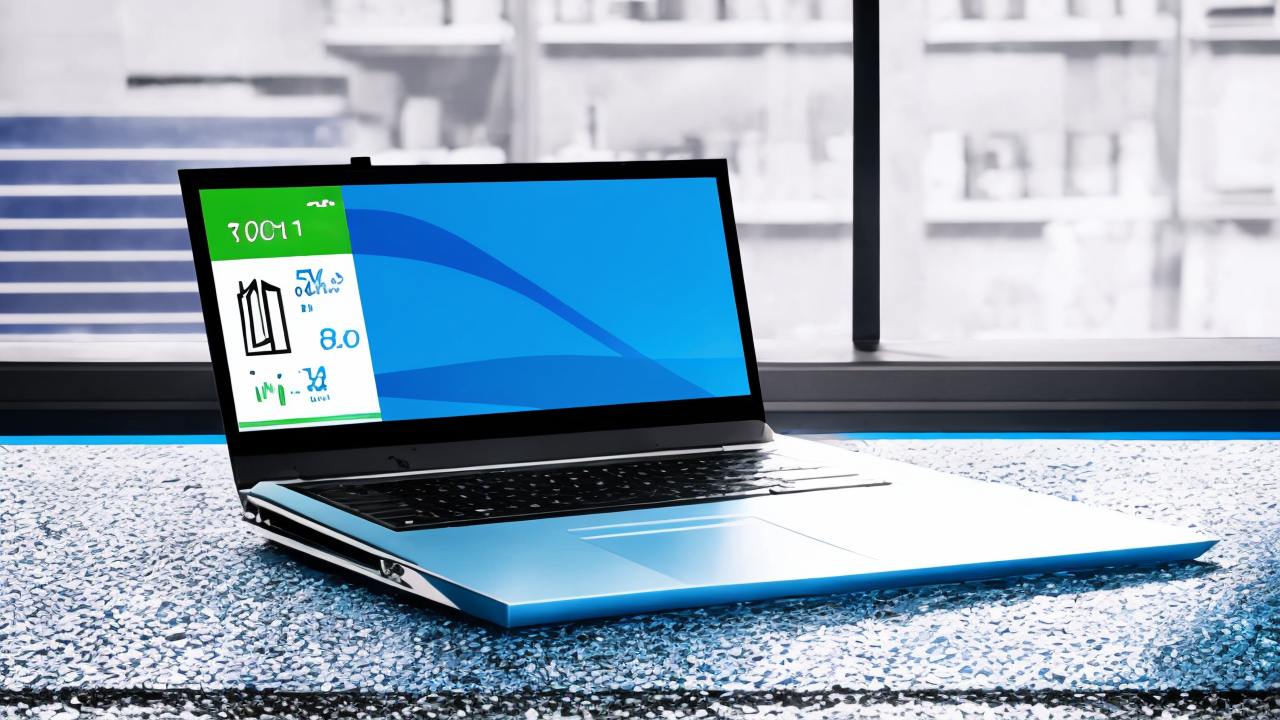Humanoid Robots: The Hype vs. the Reality

The excitement around humanoid robots has reached a fever pitch, but beneath the headlines and bold promises lies a sobering reality. While innovation is a hallmark of progress, not every technological leap deserves our immediate embrace. As society contemplates the integration of robots into homes, workplaces, and public spaces, it is wise to pause and assess what is truly possible today—rather than what might be imagined tomorrow.
Experts like roboticist Rodney Brooks have sounded a note of caution, warning that the current enthusiasm may be inflating a bubble. Humanoid robots, despite their human-like form, still struggle with basic tasks that require fine motor control, adaptability, and situational awareness. Their lack of true dexterity limits their utility in practical applications, especially in environments where safety and precision matter most. For families, this raises a legitimate concern: can we trust machines that stumble over simple tasks to care for children or assist elders?
Safety remains a paramount issue. Domestic settings are unpredictable—children run, pets dart, and objects shift unexpectedly. A robot that cannot reliably sense or respond to such changes poses real risks. Beyond physical accidents, there are deeper concerns about data privacy, cybersecurity, and the potential for malfunctioning systems to cause harm. These are not hypotheticals; they are real challenges that must be resolved before robots become fixtures in American homes.
Even well-funded ventures face setbacks. Tesla’s Optimus, once expected to debut in 2023, has been pushed to 2026. Figure, a company valued at $39 billion, has attracted attention but also skepticism about whether its scale of deployment is grounded in reality. These delays and questions reflect a broader truth: building robots that move, think, and interact like humans is far more complex than initial projections suggested.
Progress is being made in areas like touch sensitivity and motion control, but it is incremental, not revolutionary. As Nvidia’s Sanja Fidler has noted, the field is still in its early stages—much like self-driving cars were two decades ago. That comparison is instructive. The path to autonomous vehicles was not a straight line but a series of setbacks, recalibrations, and cautious deployment. The same patience is needed here.
Conservatives should not reject innovation outright, but they should champion responsible advancement. This means investing in technologies that deliver measurable, immediate benefits—such as automation in manufacturing, logistics, or medical assistance—rather than chasing the dream of household robots that remain more fantasy than function. Public and private capital should be directed toward solutions that enhance human dignity, strengthen families, and support economic stability, not those that distract from these core goals.
In an era of rising costs, national debt, and shifting social values, it is more important than ever to prioritize prudence over spectacle. The future we build should be one that respects the limits of technology, honors human labor, and upholds the safety and well-being of families. Not every shiny new device deserves a place in our homes or our economy.
The true measure of progress is not how closely a robot resembles a person, but how well it serves people without compromising their safety, autonomy, or dignity. As we look ahead, let us choose wisdom over wonder, proven results over flashy promises, and the enduring values of responsibility, common sense, and long-term thinking.
Published: 10/11/2025








